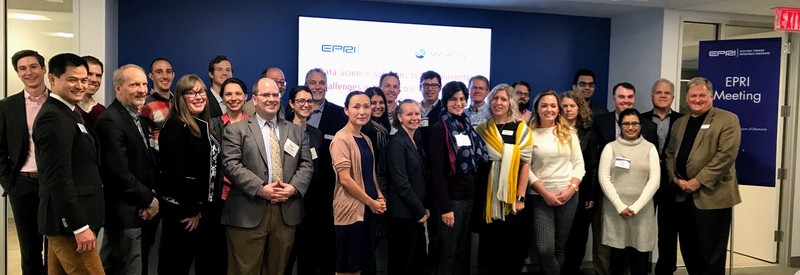


A global shift to renewable energy sources is critical to reduce the negative impacts of climate change on humans, wildlife, and ecosystems. Defenders of Wildlife supports the development of renewable energy sources and works to ensure that this development is done in a manner that does not negatively impact wildlife. At the Center for Conservation Innovation, we are using artificial intelligence technology and satellite data to help advance this mission. Recently, we completed two different analyses that combine computer vision with satellite images to help assess and minimize the impact of solar development on wildlife habitat. First, we trained computer vision algorithms to automatically map all the ground mounted solar panels in the state of North Carolina. This information is being used to assess the current impact of solar development to the availability and connectivity of wildlife habitat and may help guide future siting policy and practices. The second project used similar computer vision approaches to delineate all the parking lots on Long Island in order to proactively guide low-impact solar siting as municipalities strive to shift to 100% renewable energy.